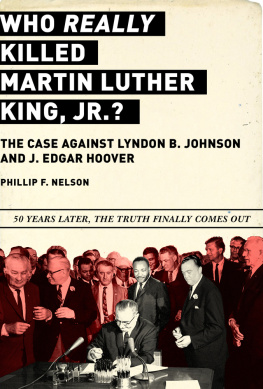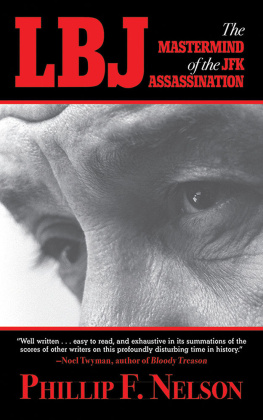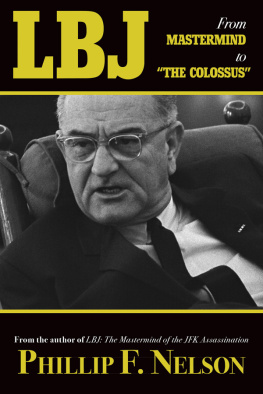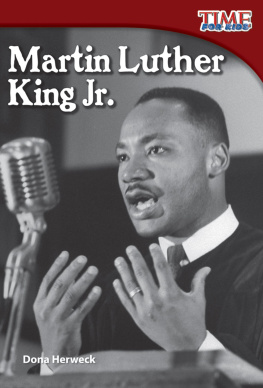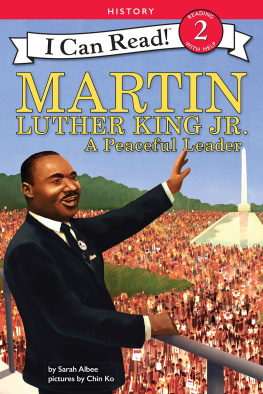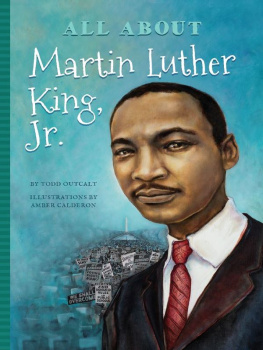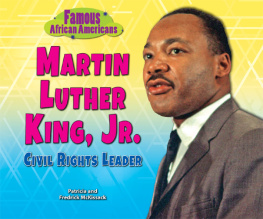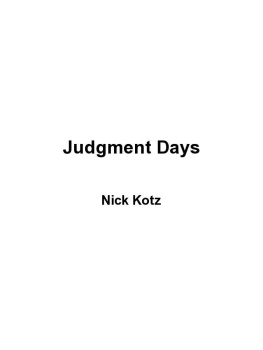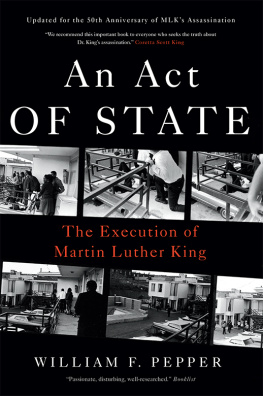
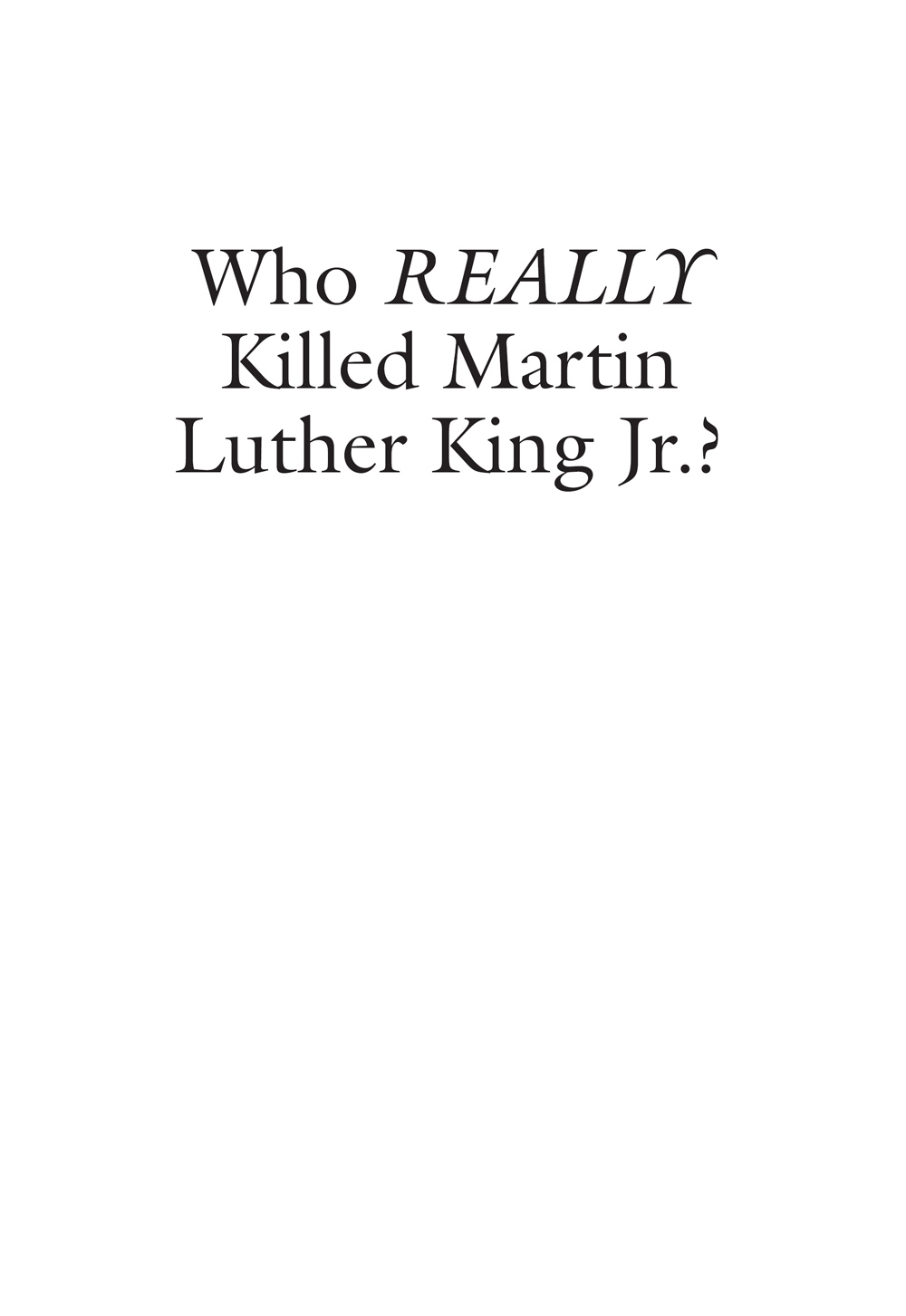

Copyright 2018 by Phillip F. Nelson
All rights reserved. No part of this book may be reproduced in any manner without the express written consent of the publisher, except in the case of brief excerpts in critical reviews or articles. All inquiries should be addressed to Skyhorse Publishing, 307 West 36th Street, 11th Floor, New York, NY 10018.
Skyhorse Publishing books may be purchased in bulk at special discounts for sales promotion, corporate gifts, fund-raising, or educational purposes. Special editions can also be created to specifications. For details, contact the Special Sales Department, Skyhorse Publishing, 307 West 36th Street, 11th Floor, New York, NY 10018 or .
Skyhorse and Skyhorse Publishing are registered trademarks of Skyhorse Publishing, Inc., a Delaware corporation.
Visit our website at www.skyhorsepublishing.com.
10 9 8 7 6 5 4 3 2 1
Library of Congress Cataloging-in-Publication Data is available on file.
Cover design by Brian Peterson
Print ISBN: 978-1-5107-3106-6
Ebook ISBN: 978-1-5107-3107-3
Printed in the United States of America
CONTENTS
ACKNOWLEDGMENTS
A s improbable as it seems in this, my fourth and final book on the life and times of Lyndon B. Johnson, I want to put in a word of posthumous thanks to none other than... Lyndon B. Johnson. Though quite indirect and inadvertent, possibly even cosmicwith no knowledge on his part of how he provided the best incentive for me to be the first in my family to graduate from college through the draft deferment given to college students in the 1960sI had, from about July 1960 on, felt an intrinsic distrust of him, just from reading contemporaneous news articles about his involvement in various scandals and other subtle signs of what seemed to be chronic criminal conduct. Without that distrust, I would never have worked so hard in my retirement to pursue these works, which I felt were necessary to counteract the many fawning and obsequious paeans that have been written about himinitially at his personal direction, now perpetuated by servile, uninformed lackeys. One such essay, by Leo Janos, was published in the July 1973 issue of the Atlantic Monthly , shortly after Johnsons death. It reads in part:
His first year in retirement was crowded with projects. He supervised nearly every construction detail of the massive LBJ Library complex on the University of Texas campus, which houses not only thirty-one million documents acquired over thirty-eight years in Washington, but also the LBJ School of Public Affairs. At one point, university regent Frank Erwin approached Johnson about an Indiana educator who was interested in running the LBJ School. Johnson frowned at the mention of the state which sent to the Senate one of Johnsons least favorite persons, and among the most vocal of his war critics, Vance Hartke. Frank, Johnson responded, I never met a man from Indiana who was worth a shit.
As a Hoosier by birth, I take this presidential assessment of Indiana natives as the ultimate compliment and treasure it wholeheartedly. Like most of his pronouncements, the truth is the exact opposite of his assertion.
One of my earliest contacts in the JFK research community was a lady from Dallas named Betty Windsor, who had always preferred to stay far in the background because of her many extended connections to others who wished to protect their confidential relationships. She has now consented to allow me to reference her here, after the passing in May 2013 of her close friend Billie Sol Estes, whom she got to know after his release from prison. Estes had been rehabilitated by that experienceand his disassociation with Lyndon Johnsonthrough the efforts of US Marshal Clint Peoples, the former Texas Ranger who guided him onto a path of atonement for his past sins. Betty eventually became Estess close friend and knew that he had become much more trustworthy in the final decades of his life. Despite that, people who did not know him well continued to portray him as a villain in books as recently as 2016. Bettys stellar reputation, recognized by dozens of the most prominent longtime researchers in that community, vouches for the turnaround in Estess credibility as nothing else could. When he died, he was at peace with himself, knowing that in his final decades he had redeemed himself by admitting the sins of his past and revealing the truth about his long-term criminal conduct as a facilitator of Lyndon Johnsons nefarious schemes. Estes realized, while Johnson was still alive, that he could never separate himself from Johnsonthat was guaranteed by the five associates of his who had been suicidedbut after he had done his time, he redeemed himself by exposing the secrets related to their joint crimes.
During the last several years, as I became more and more involved in the research of Johnsons treacheries, fortunately I got to know the widely respected researcher Edgar Tatro, who generously provided his thoughtful assistance to me during the development of the previous books, and again for this one. He was one of the earliest of the many JFK assassination researchers, a man who could truly be considered as the finest exemplar of that iconoclastic group doggedly following the evidence as it unfolded, wherever it led. Tatros involvement began immediately after JFKs assassination, and then Oswalds two days later, when his father told him there was something very wrong about what was happening. He subsequently examined the anomalies and cover-ups related to the other 1960s assassinations and the Jim Garrison investigation and trial that followed, when Ed drove through a major blizzard to attend some of that event. Coming onto the scene as a recent college graduate, he amazingly became friends with the judge in that trial. Ed described how the judge invited him into his chambers to discuss the progress of the trial:
When I first met Judge Edward Haggerty, I told him I had driven all the way from Boston to reach his court and that I had been studying the JFK assassination since it had occurred. He asked me a series of questions about the case and I knew the answers. He replied, You know your stuff, dont you boy? I said, Yes sir, and he wrote out a pass for me to attend the trial. He also instructed me to tell the bailiff that he wanted to see me before I returned home because I only had the week off due to the February school vacation.
On my last day, a Friday, when I told the bailiff that the judge wanted to see me in his chambers, the press had all left the courtroom. Only Clay Shaw and his lawyers were still present. I think it would be safe to say that Shaw and his lawyers seemed stunned and concerned when I looked at their faces as the bailiff invited me to come to the entrance door to Judge Haggertys chambers, especially since I had sat behind Mr. Shaw and we had interacted occasionally during the proceedings, particularly when the judge had decided to deny a directed verdict, which would have freed the defendant right then and there.
The judge allowed me to look at all the court exhibits on display in his chambers including still color frames of the Zapruder film. The judge made it clear to me that he was impressed with the testimony of Dr. John Nichols, a medical expert in forensic pathology, who asserted that the film confirmed that a shot had originated from the right front due to JFKs head movement to the back and left. (Eventually, I corresponded with Dr. Nichols prior to his untimely death.) There was no doubt that Judge Edward Haggerty believed there was a conspiracy to assassinate President Kennedy. I was only twenty-two years old then, but in retrospect, I can say with certainty that if I had exited his chambers and talked to the press outside the courthouse about what the judge had just admitted, there would have been a mistrial and my name and photo would have been plastered all across the world on television and newspapers, but that thought never even occurred to me.
Next page
